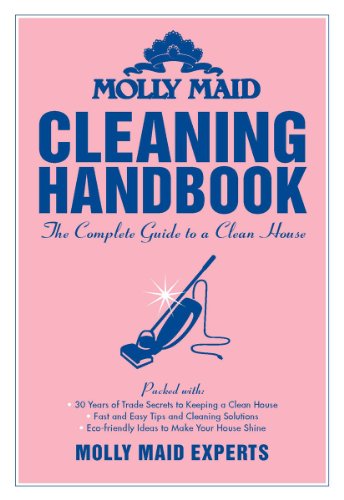
The old saying goes, “if it ain’t broke, don’t fix it”. But if it is broke – what do you do? When it comes to home appliances, the decision can be an expensive guess, according to Consumer Reports. You don’t want to put money into a product if it’s troublesome or unfixable, so here are some considerations:
- Has it broken down before? If an item has already broken down once, a replacement may make more sense for the long term.
- What’s the replacement cost? Major appliances are getting more expensive while smaller electronics might be less costly than you think. For example, a 50-inch flat-screen TV costs hundreds less today than it did several years ago.
- Is the product under warranty? If it is, contact an approved service company to have it repaired for free.
- Can you repair it yourself? Check YouTube and other websites for thorough how-to guides. Always be careful when attempting to fix a product on your own.
- Can you get help fixing it? Check to see if there’s a Repair Café in your area. This is a free meeting place where you’ll find tools and materials to help you make repairs. Try repaircafe.org
- Get a quote. The rule of thumb is that you shouldn’t spend more than 50 percent of the cost of a new product on repairing an old one. Also, Consumer Reports research has shown repairs of gas cooktops, built-in refrigerators, digital camcorders, and home-theater systems can take a long time and cost a lot. On the other hand, dryers, electric cooktops and digital cameras have the highest success for repairs and satisfaction rates.
- Getting rid of appliances? If it’s a large appliance, contact a scrap metal collector who may come get your old appliances for no cost. If you buy a new large appliance, you may be able to negotiate with the retailer so he takes the old appliance and disposes of it properly. Contact your municipality about ‘take back’ and recycling programs that safely dispose of end-of-life appliances.

